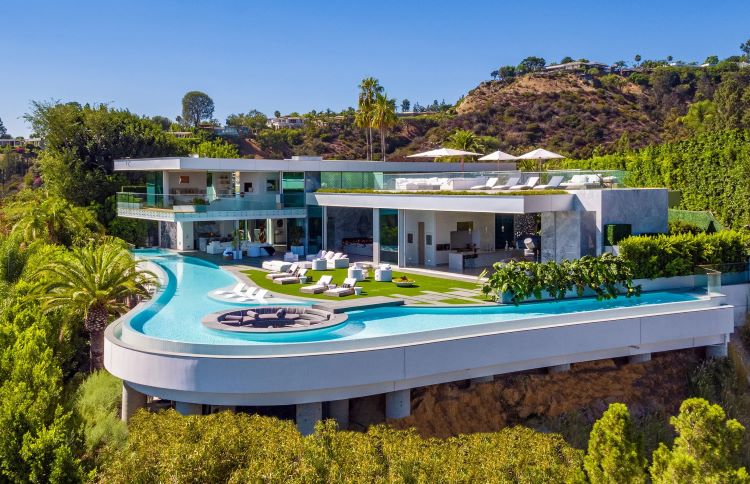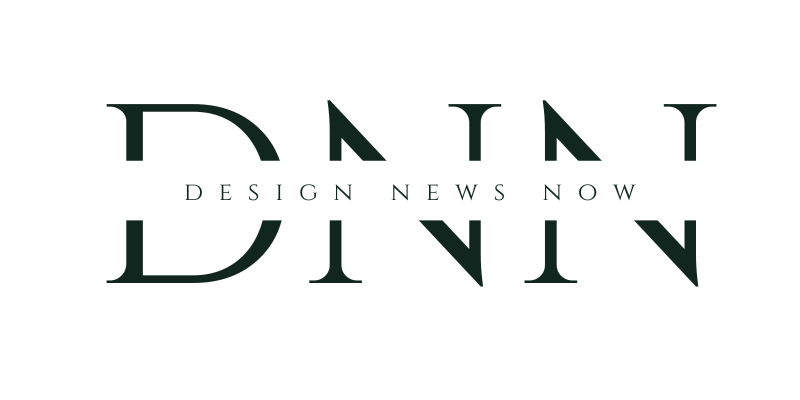Last week, the Pacific Design Center in West Hollywood, California, hosted its Spring Market, a day full of furniture and fabric vendors premiering new lines and experts chatting about design during panel discussions. There were several major themes that emerged throughout the day about what design clients are craving, including:
- Wellness
- Multisensory experiences
- Expert curators
- Opulent aesthetics

Combining wellness and sustainability
Designers and homeowners in California are on the cutting edge of sustainability initiatives. Many properties must be net-zero to meet the latest state build codes, something architect Paul McClean of McLean Design is intimately familiar with. He was joined by architect James Magni of Magni Kalman Design and designer-influencer Ryan Saghian on a panel titled “Bold Moves: How Today’s Tastemakers Are Shaping Tomorrow’s Design World.” Jennifer Convy, CEO and director of Women in Luxury Design, moderated the discussion.
They discussed clients’ increasing demands for wellness spaces. Third and fourth bedrooms are becoming meditation rooms or at-home spas as often as they are being used as guest bedrooms or home offices. McClean, who was named a Star of Design during the Pacific Design Center’s awards ceremony, explained that selling sustainable lifestyle design is about “putting it to the client’s bottom line” as a benefit that makes sense long term.
Convy also led a second panel discussion, “A Well-Designed Life With Three Powerhouse Designers,” featuring Breegan Jane, Claudia Afshar and Lori Weitzner. As a mom with Southern California roots, celebrity designer Jane said that as luxurious as a project may be, it still must withstand kids, pets and sand. These elements inform how she shops and designs. It’s a huge part of her brand and thus affects the clients she attracts and informs their homes’ aesthetics, she told the audience.
Creating multisensory experiences
Themes of authenticity and multisensory experiences were top of mind, emerging organically during both panel discussions. Weitzner talked about her exhibit at Google’s recent experiential conference at Pier 57 in New York, where she brought her book, “Ode to Color,” to life in a synesthetic way. The exhibition combined color with tastes, scents and musical compositions for a truly immersive experience.
Convy asked Magni why he was vehemently anti-Pinterest. His answer: Pinterest’s inability to capture multisensory experiences. What does that Pinterest photo smell, taste or sound like? Looking at a photo of a dream home is not the same as what it feels like to be in the multidimensional space. (Pinterest, in this case, could just have easily been Instagram or any digital tool that flattens the design experience.)
Hiring expert curators
But there was a second part of Magni’s answer to that question that spoke to changing relationships between designers and clients. He’s not showing clients Pinterest board inspiration images to get their opinions, he said. Clients come to expert designers so that designers can inform clients, not the other way around. Luxury design services are not a la carte menu options, they’re more like omakase, the elaborate dinners curated by head sushi chefs.
At the same time, the internet has created a new type of client, one who is better researched and better educated about design and who has a greater appreciation of investment pieces that are built to last. They want to hire designers and rely on the professionals for their expertise. Part of being an expert, though, is knowing when you’re outside your zone of expertise, like encouraging clients to hire an art curator if they are serious about starting a collection. (Even on panels not explicitly about art curation, the topic kept coming up. Designers on multiple panels shared concerns of feeling unqualified to advise clients on art collections.)
In the mood for opulence
How do all these themes translate aesthetically? According to Saghian, the pendulum is swinging away from the neutral California casual aesthetic that’s been ubiquitous for quite some time and toward opulence. People are craving change and excitement. Clients are asking for more glamour, investing in high-end art, and building well-researched, cutting-edge wellness spaces with sustainable materials.
Courtney Porter is a designer, author, host and media director. She specializes in seamlessly bringing interior designers, architects, furniture manufacturers and showrooms’ physical products and services into the digital world. She is co-author of “Green Interior Design: The Guide to Sustainable High Style” with Lori Dennis. Porter also is a host and producer of design shows. You may have caught her on “Behind the Bar,” interviewing your favorite celebrity designers or sharing her favorite decor finds on the live sales network Lit Live.



